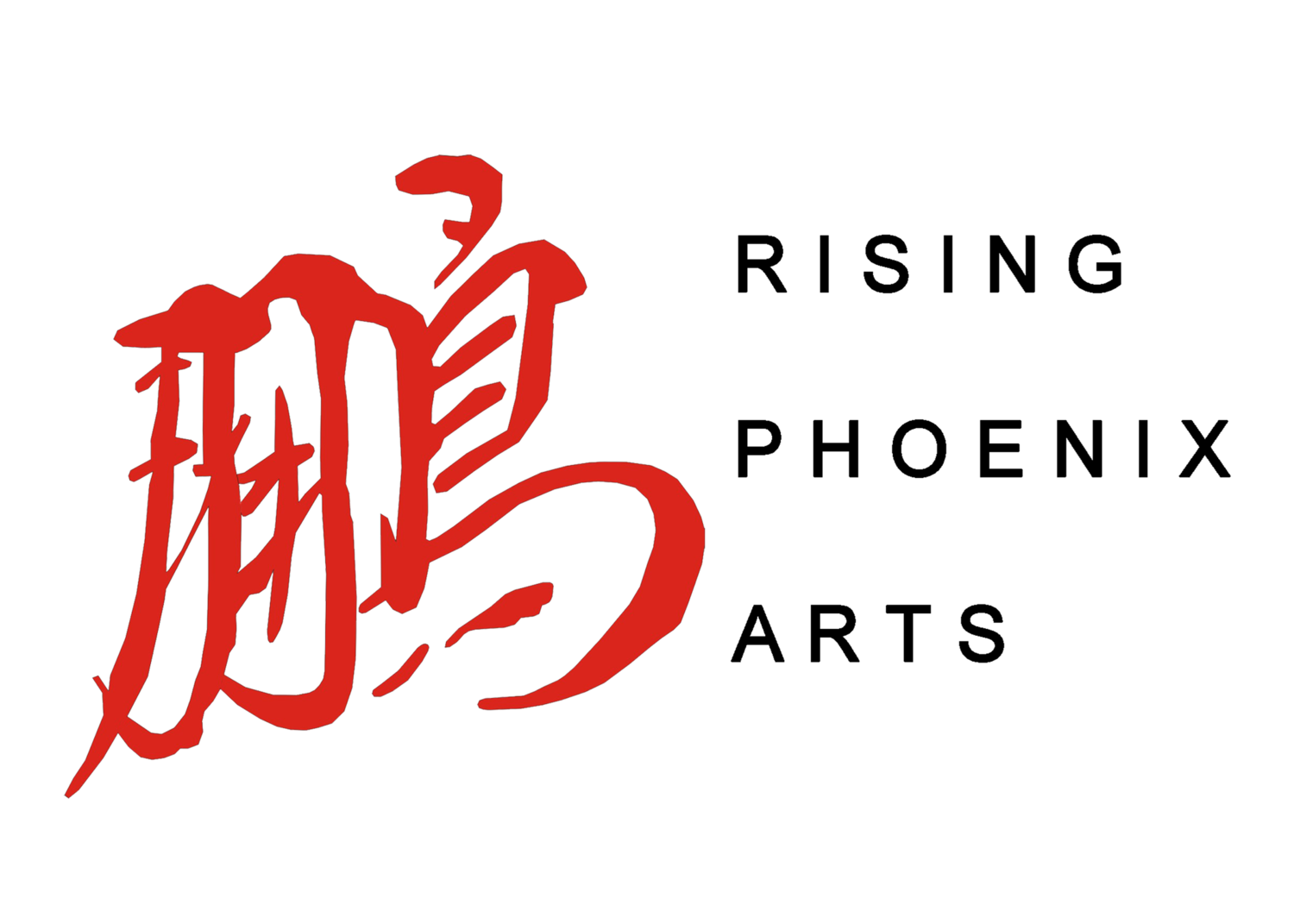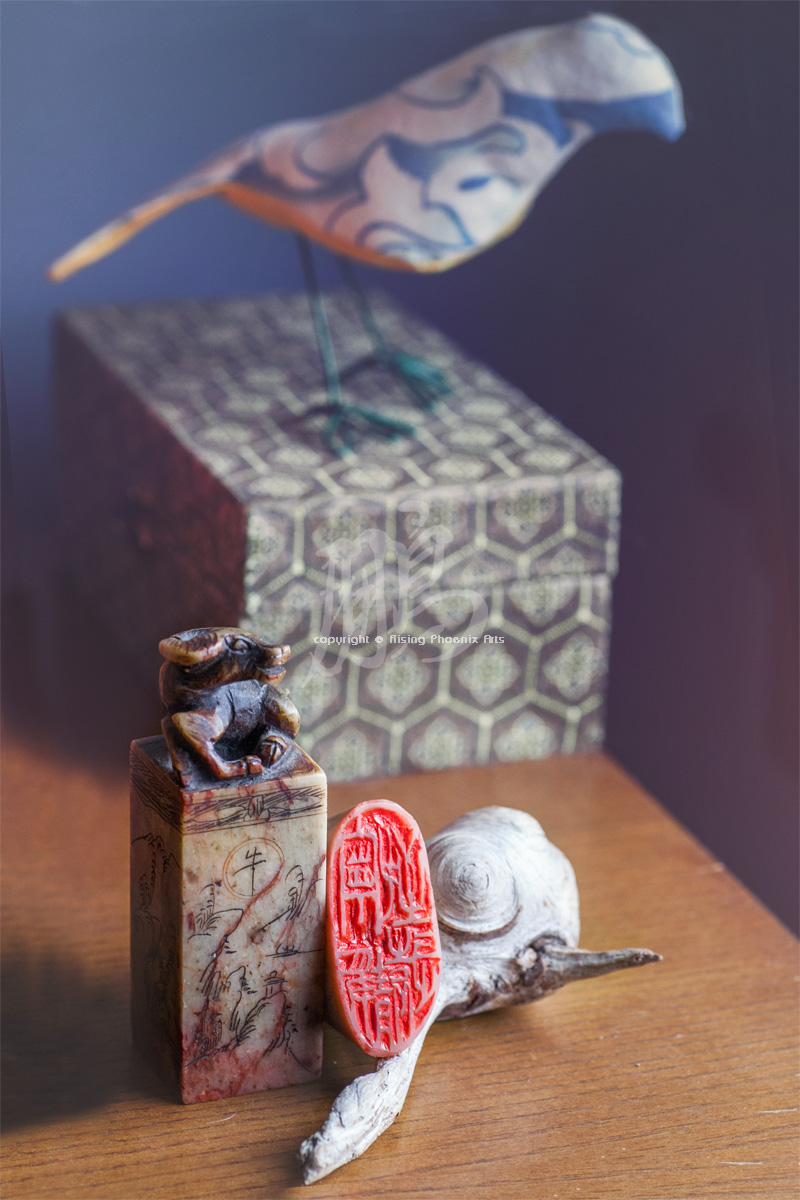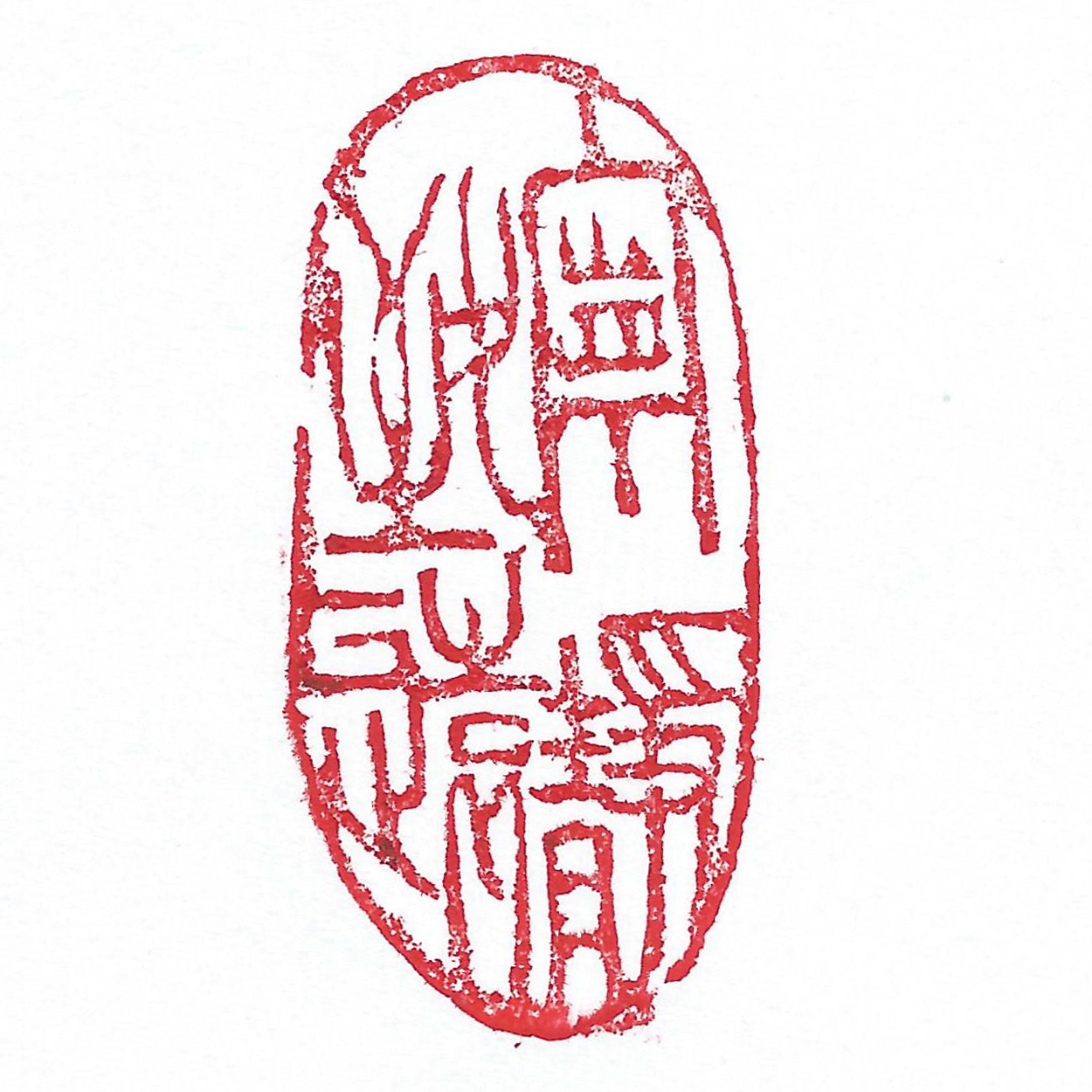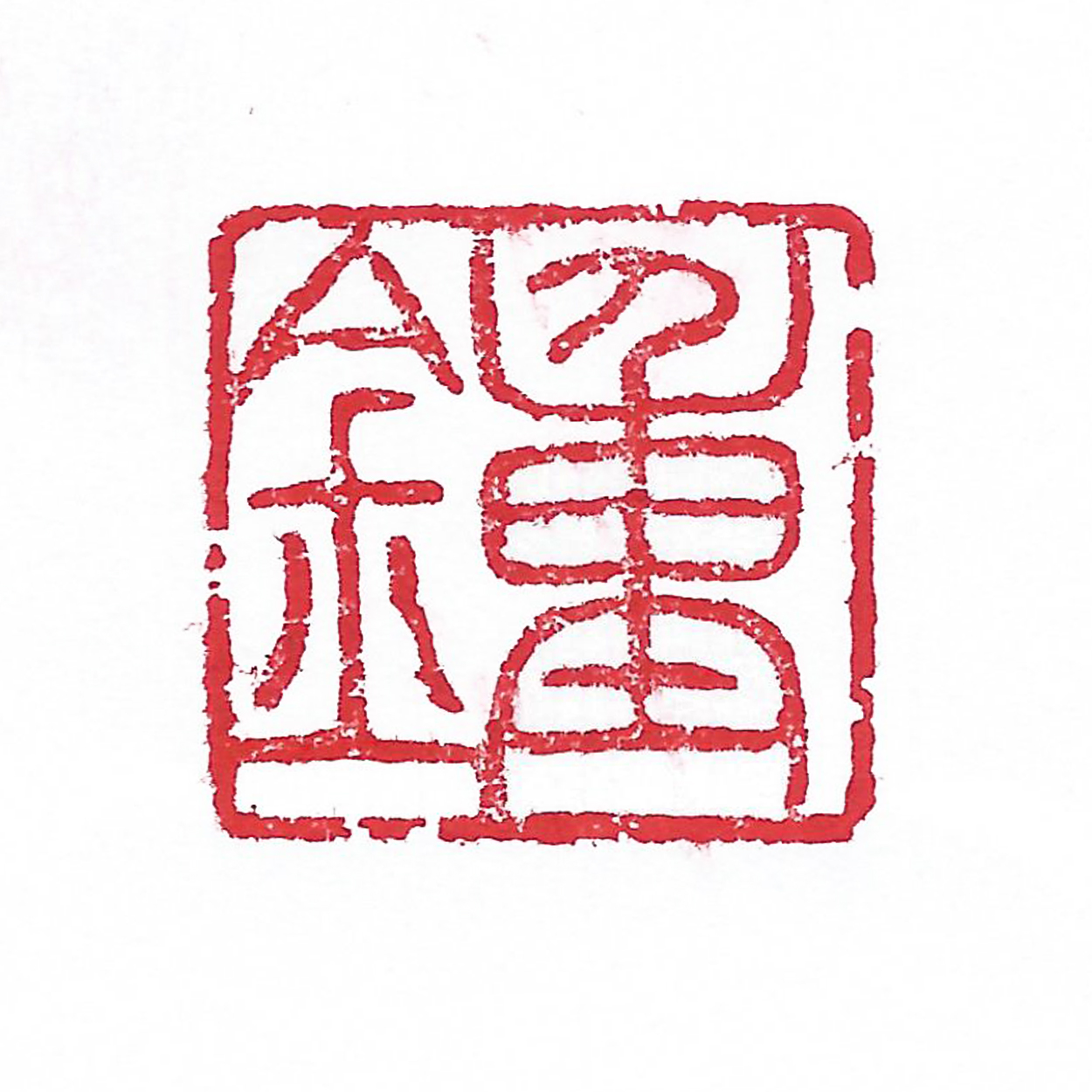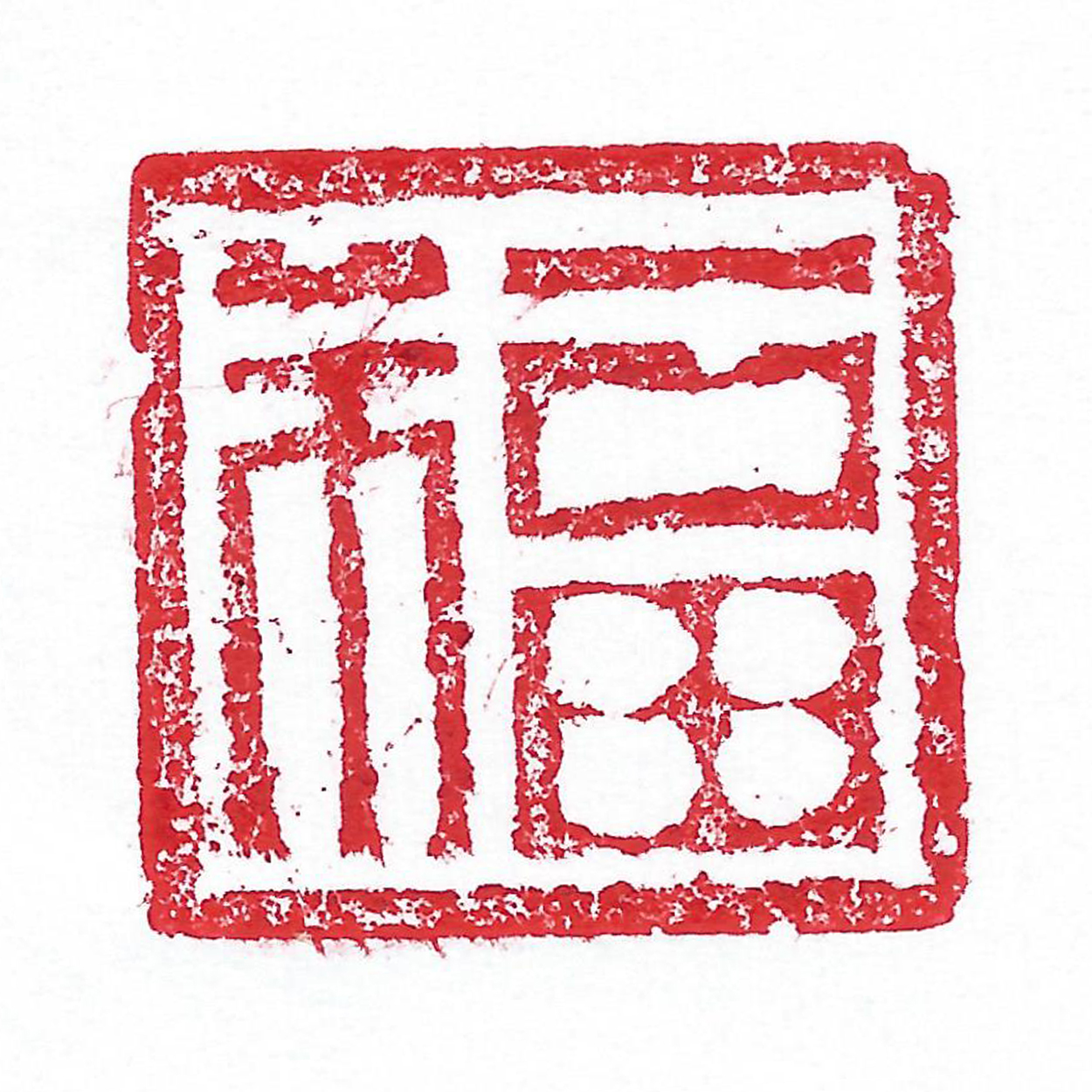Two of my own chops - "Tranquility Yields Transcendence" (left); and "Chung Chan" (or Jung/Zhong Chan in today's transliteration), right. See gallery below for my other chops and how they look on paper.
Chinese seals or "chops" first came into use during the Shang Dynasty (1600 - 1046 BCE), and are used to this day to put a person's or a family's, or even a corporation's, name onto documents, artwork and literary writings - to mark authorship. Some believe that this stems from a time when most people couldn't read or write. The distinctive image of each chop would be recognizable as unique and belonging to only one person.
The chop itself is also considered to be a work of art in its own right, since after the carver inscribes the seal script on the stamp end, he often turned it around and carves an animal or other figure on the distal end. Chops might also contain words, phrases, family mottoes, or pictures carved into the sides. Ancient chops could be made from bone, horn, wood, fruit pits, ceramic, gold or brass. Stone has been the material of choice, however, since medieval times. If you look closely, you will also notice that no chop is fully "closed." There are always little white spaces around the edges that are meant to let the energy of the chop - the artist's "soul signature" - flow.
It has been customary for thousands of years for artists, in particular, to mark their work with their chop; but it may interest you to learn that the studio they worked out of, as well as every person who bought the painting down through the years would also put their chops on the work. Depending on who constituted this chain of provenance, all these extra chops might actually increase the value of the original work rather than detract from it. I have read that some paintings from ancient China might have as many as 20 different chops.
My own chops were custom carved to represent my family name (which was originally Jung or Zhong, before the various circumstances of immigration changed it to Chan), as well as my painting motto: "Tranquility Yields Transcendence." I paint because I believe painting itself, as well as the mere act of contemplating it, quiets the mind and brings focus and clarity to the energies that move you forward in life.
My company "mood seal": "Tranquility Yields Transcendence."
